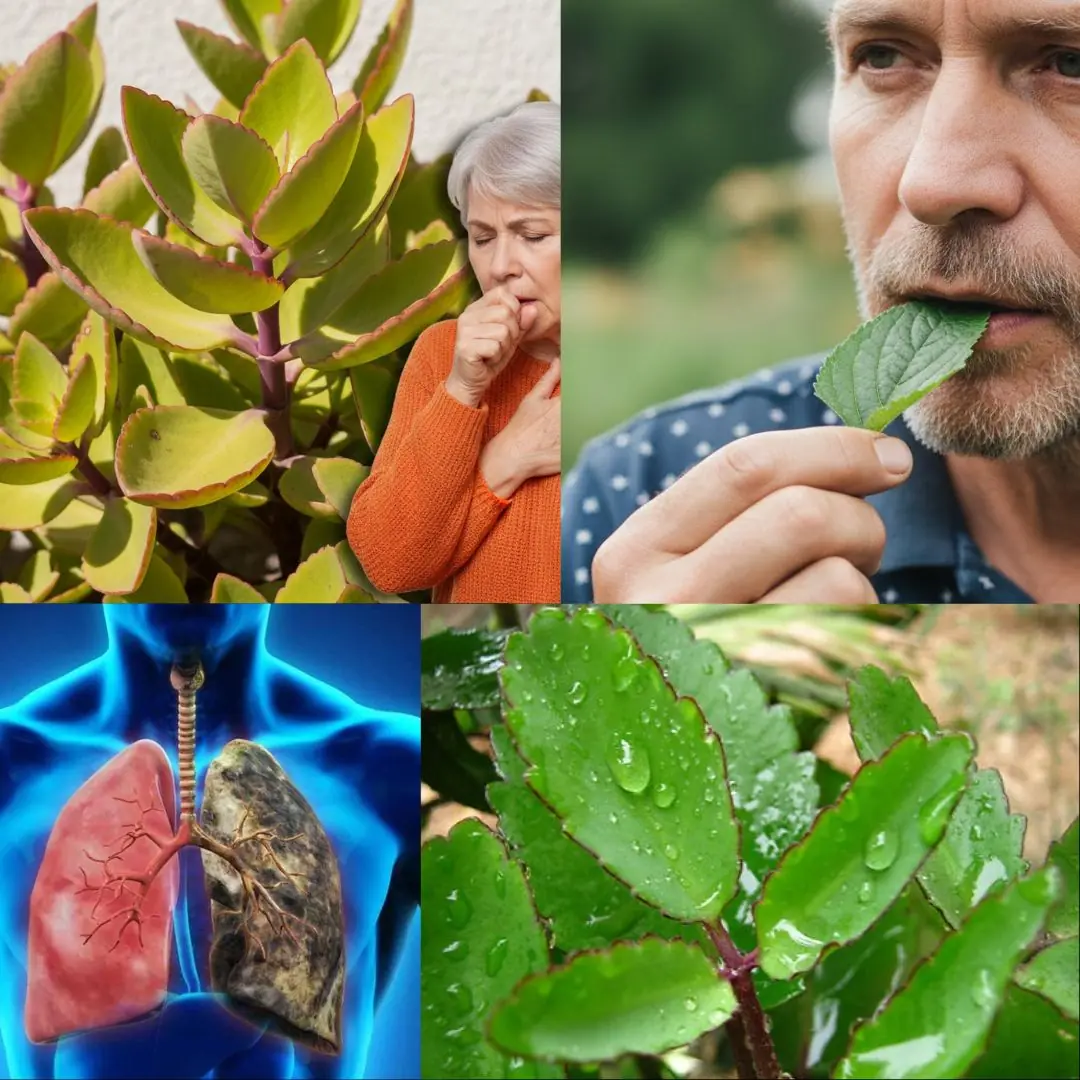
Why You Shouldn’t Pluck Your Nose Hairs
Why You Should Never Pluck Your Nose Hairs — And What to Do Instead
Nose hair may not be the most glamorous part of your beauty routine, but it’s far more important than most people realize. These tiny strands act as a natural filter, protecting your respiratory system from dust, pollen, bacteria, and other airborne particles. Yet, many people are tempted to pluck them for a cleaner look — a habit that can do more harm than good.
The Hidden Dangers of Plucking Nose Hair
At first glance, plucking might seem like a quick and harmless grooming fix. But beneath the surface, it can cause unexpected complications. When you pluck a hair, you create a small open wound inside the nostril — a prime entry point for bacteria. Because the nasal passages are warm and moist, they provide the perfect environment for infections to thrive.
This can lead to folliculitis, a painful condition where the hair follicle becomes inflamed, swollen, and sometimes filled with pus. Beyond that, repeated plucking can irritate the delicate skin inside your nose, leading to chronic redness, scabbing, or even scarring over time.
The “Danger Triangle” of the Face
Doctors often warn about a region known as the “danger triangle” — the area between the corners of your mouth and the bridge of your nose. This part of the face has veins that are directly connected to blood vessels in the brain.
When an infection develops in this zone (including inside the nostrils), bacteria can potentially travel to the brain, increasing the risk of serious conditions such as meningitis or a brain abscess. While these complications are rare, they highlight why plucking nose hairs is more dangerous than it appears.
“People don’t realize how easily a small nasal infection can escalate,” notes Dr. James Cartwright, an ENT specialist. “It’s a sensitive area with direct vascular links to the brain, which is why it’s better to trim than to pluck.”
Why Nose Hair Is Actually Your Friend
It might be unsightly at times, but nose hair serves a vital biological purpose. The hair in your nostrils acts as the first line of defense for your respiratory system, trapping dust, pollen, allergens, and harmful microorganisms before they enter your lungs.
When you remove too much hair, you compromise this protective barrier, allowing pollutants and bacteria to enter more freely. Over time, this can make you more prone to allergies, sinus infections, or respiratory irritation. In short, nose hair isn’t your enemy — it’s your built-in air filter.
Safer Ways to Manage Nose Hair
If you’re concerned about visible or long nose hairs, there are safer grooming alternatives that don’t carry the same health risks:
-
✂️ Trim Instead of Pluck: Use small, rounded-tip scissors or a dedicated electric nose trimmer. These tools allow you to shorten the hair without pulling it from the root, reducing the chance of infection.
-
💧 Keep Tools Clean: Always disinfect scissors or trimmers before and after each use to avoid introducing bacteria.
-
🌬️ Don’t Overdo It: Leave a thin layer of hair inside your nostrils to maintain proper filtration. Trimming only the visible parts is enough.
-
🚫 Avoid Waxing: Nose waxing may look tidy, but it removes entire follicles, increasing infection risk and leaving the nasal lining vulnerable.
Maintaining Balance: Hygiene Without Harm
It’s perfectly normal to want to maintain a neat appearance, but it’s just as important to keep your body’s natural defenses intact. Think of nose hair as a protective gatekeeper — trimming keeps things tidy, while plucking removes the barrier entirely.
If you ever notice pain, swelling, or redness inside your nose after plucking, it’s best to stop immediately and consult a healthcare provider. Applying a warm compress and keeping the area clean may help with mild irritation, but recurring inflammation could indicate infection.
The Bottom Line
Nose hair may never win a beauty award, but it plays a crucial role in keeping you healthy. While visible hairs can be trimmed safely, plucking or waxing them out completely can lead to infection, irritation, and even serious health risks.
The next time you reach for those tweezers, remember — those tiny hairs are working hard to protect you. Treat them with care, and they’ll quietly keep your airways clean, your sinuses safe, and your body breathing easier.
News in the same category

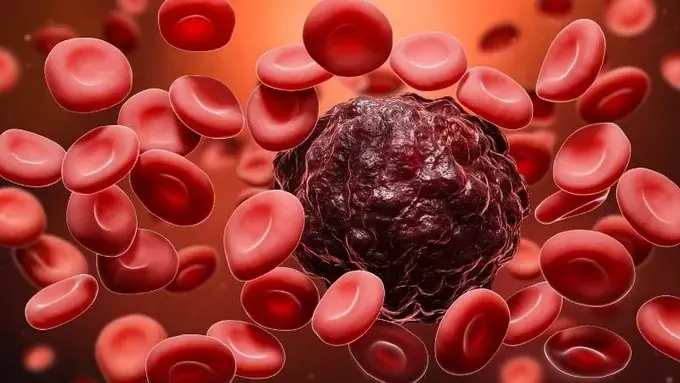
Expert, 95 Years Old with 60 Years of Cancer Research Reveals: You Must Avoid These 4 Things So Cancer Doesn’t Come Knocking
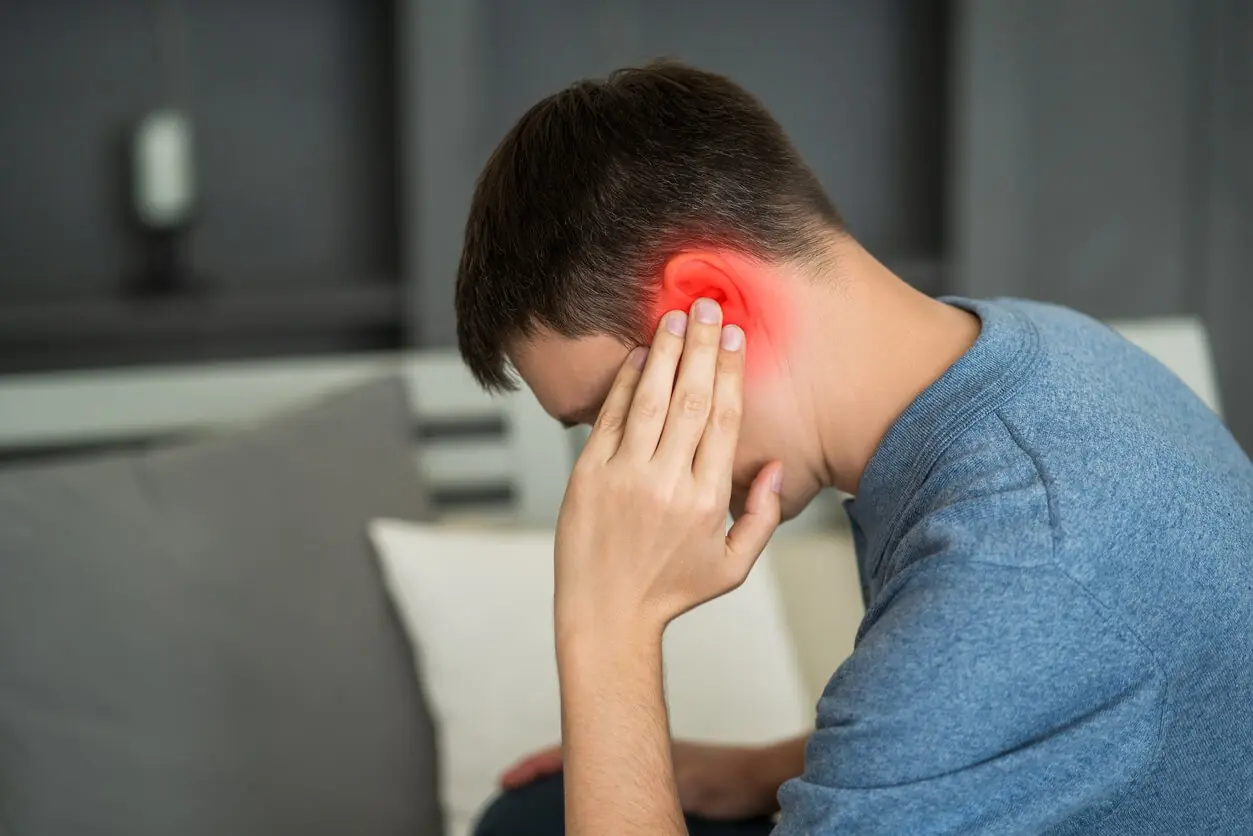
Sharp Pain in Ear: Causes, Treatments and When to See a Doctor
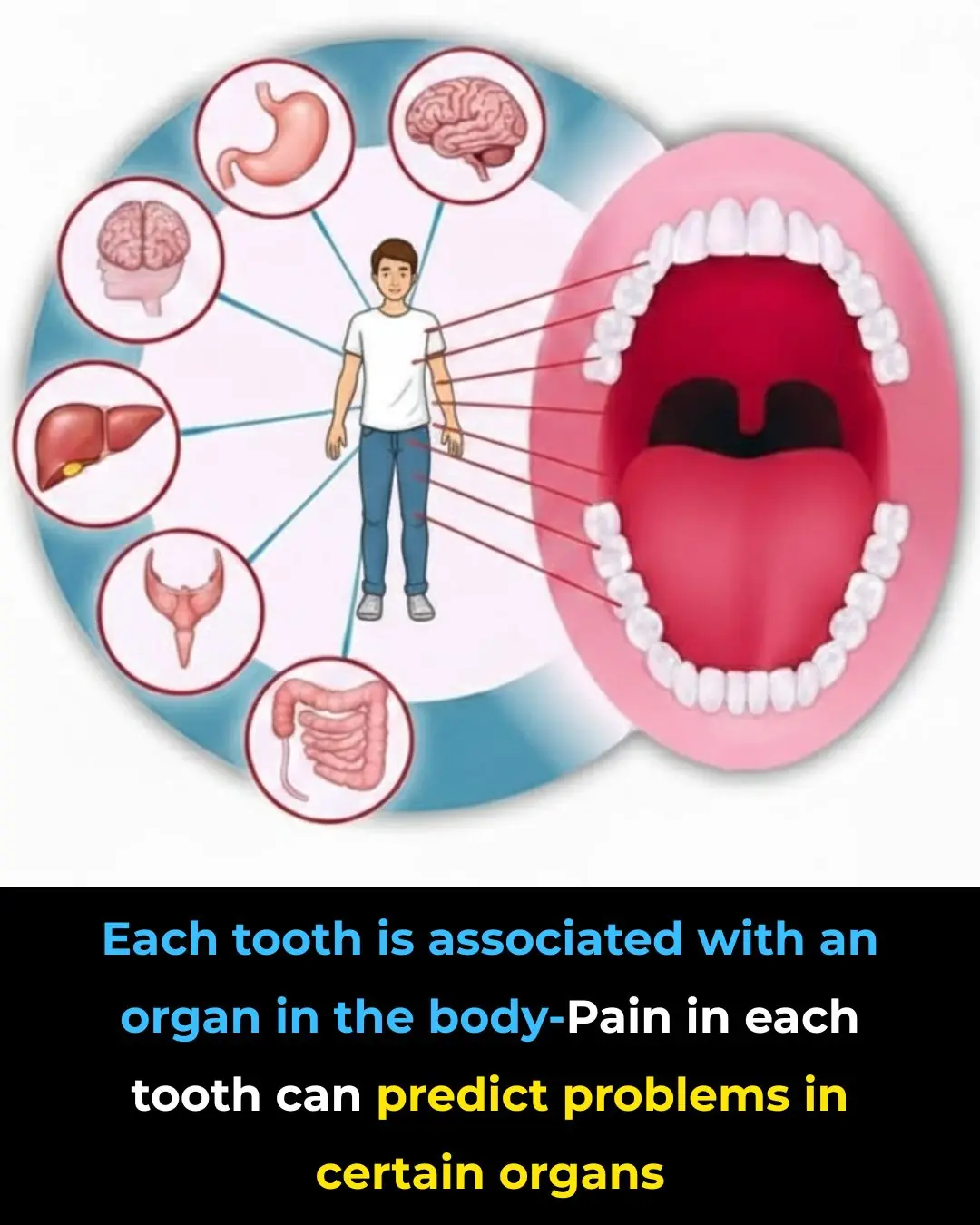
Each Tooth Is Associated With An Organ In The Body – Pain In Each Tooth Can Predict Problems In Certain Organs

Amazing vitamin can help stop cancer growth and this is how much you need
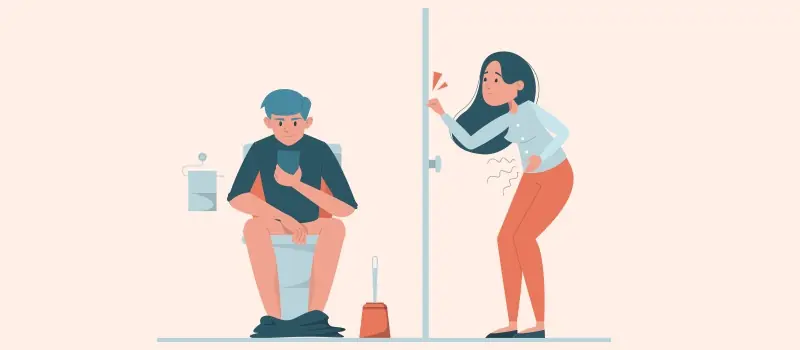
THE BEST HOME REMEDIES THAT END CONSTIPATION FAST AND NATURALLY
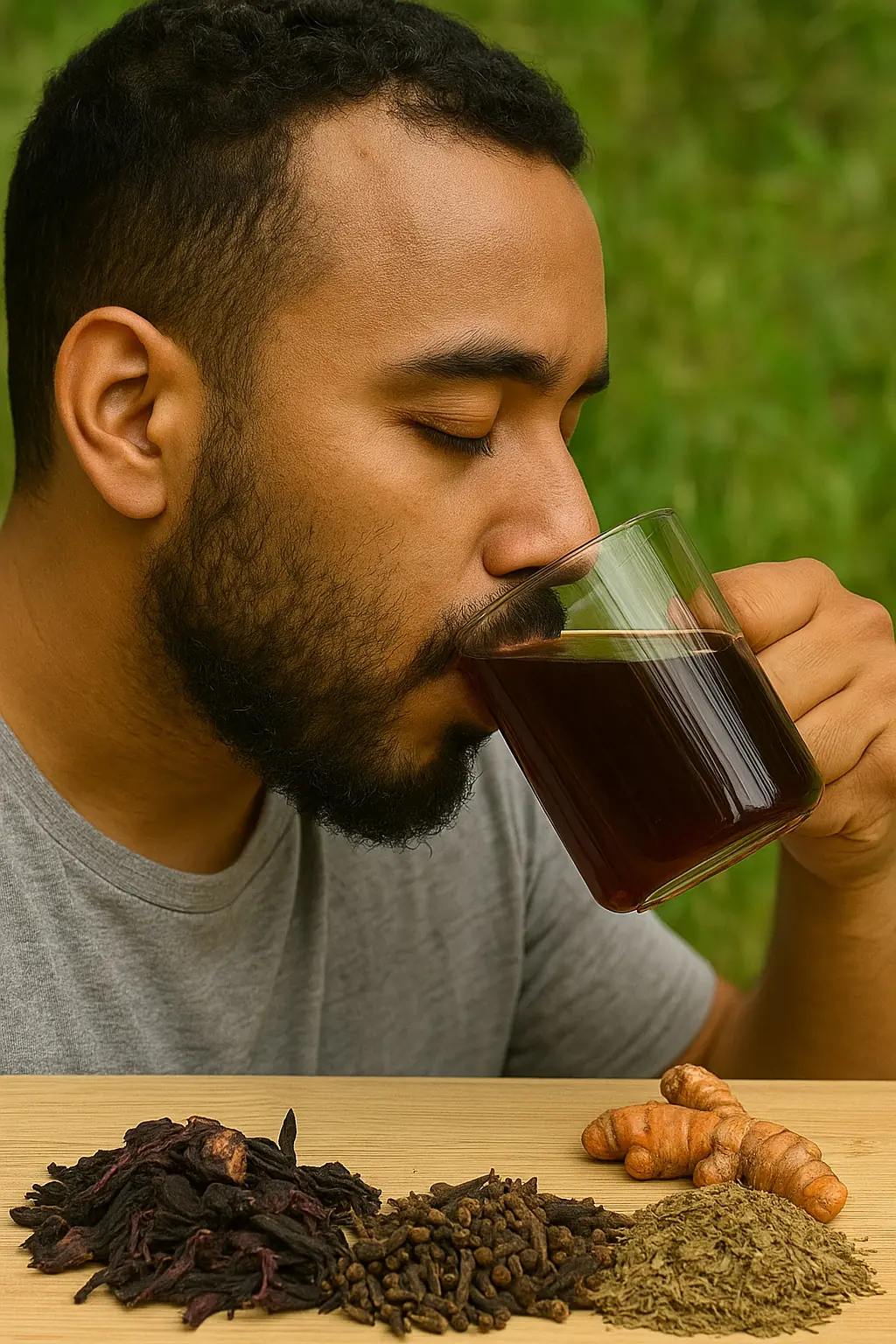
Say Goodbye to Diabetes, Fatty Liver, and Joint Pain with This Powerful Remedy!
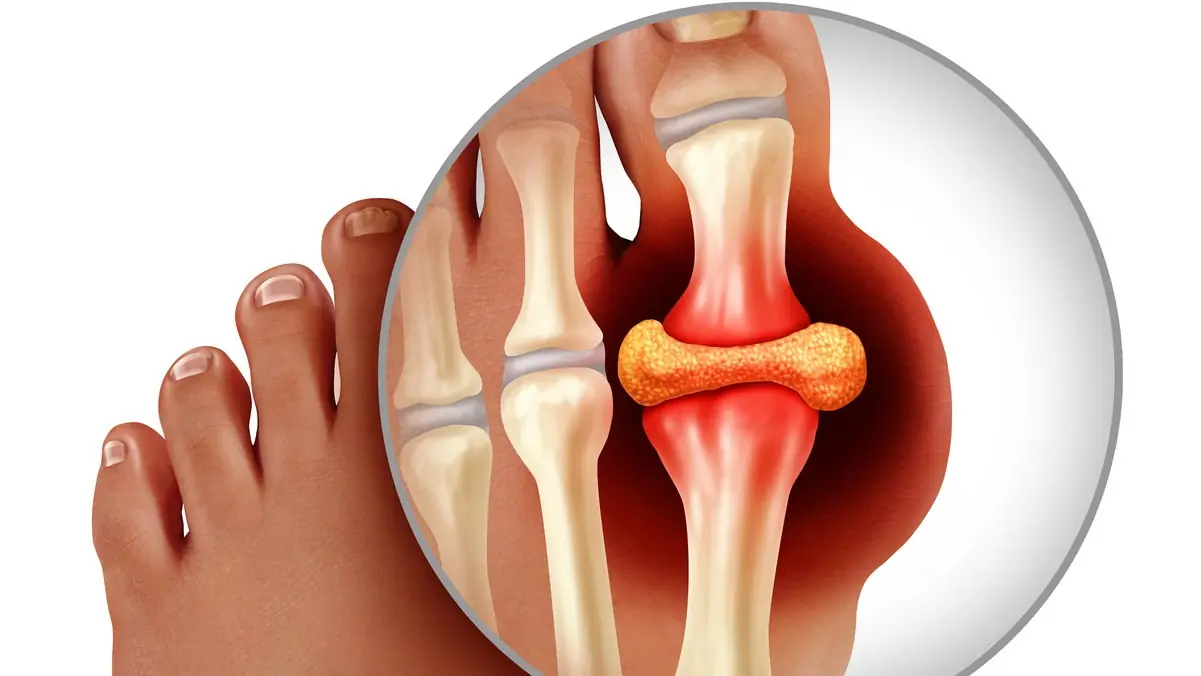
HIGH URIC ACID? SEE THE WARNING SIGNS & RELIEF TIPS

Prepare ginger this way to prevent cancer, reduce cholesterol and lower blood sugar levels!
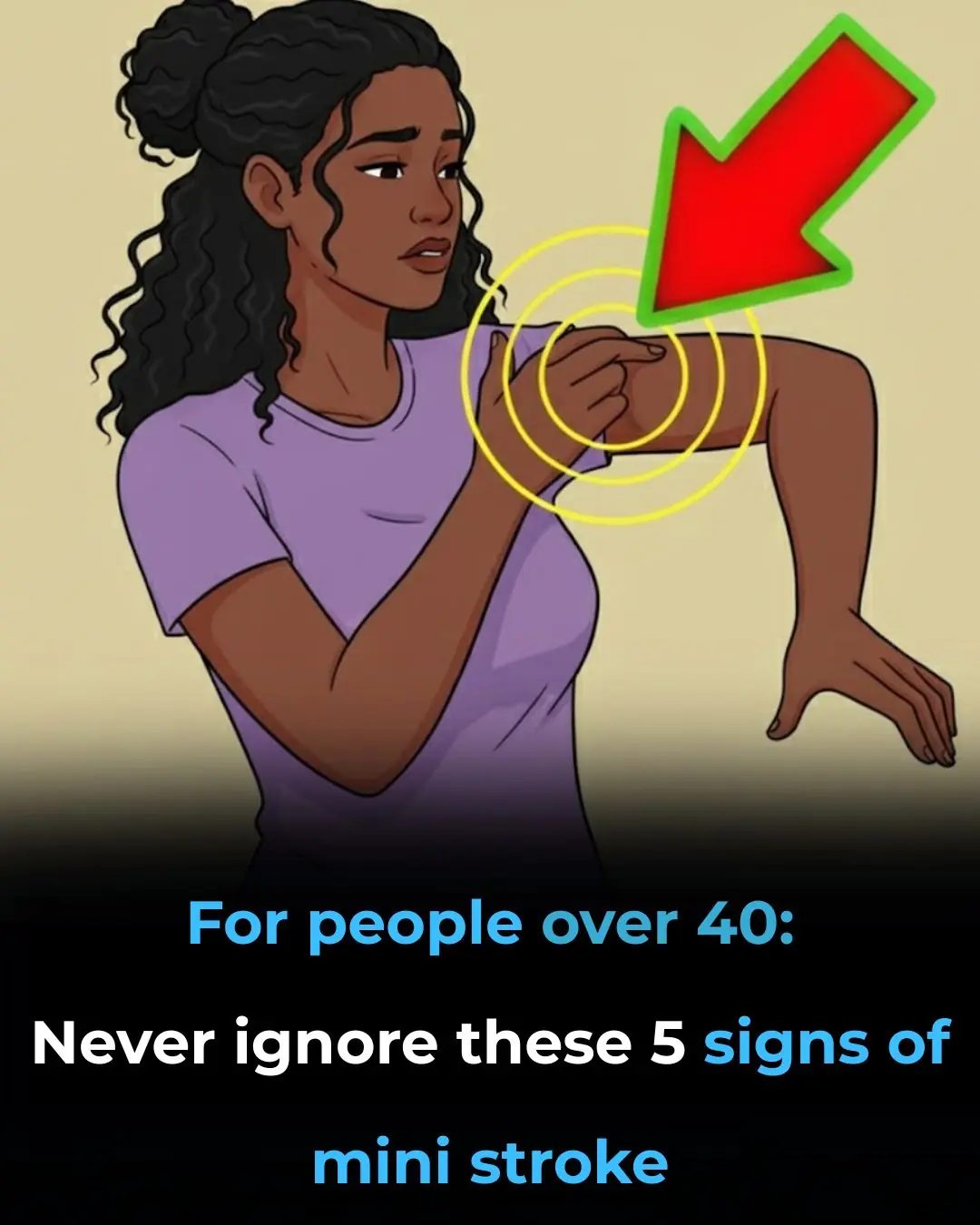
Mini Stroke in People Over 40
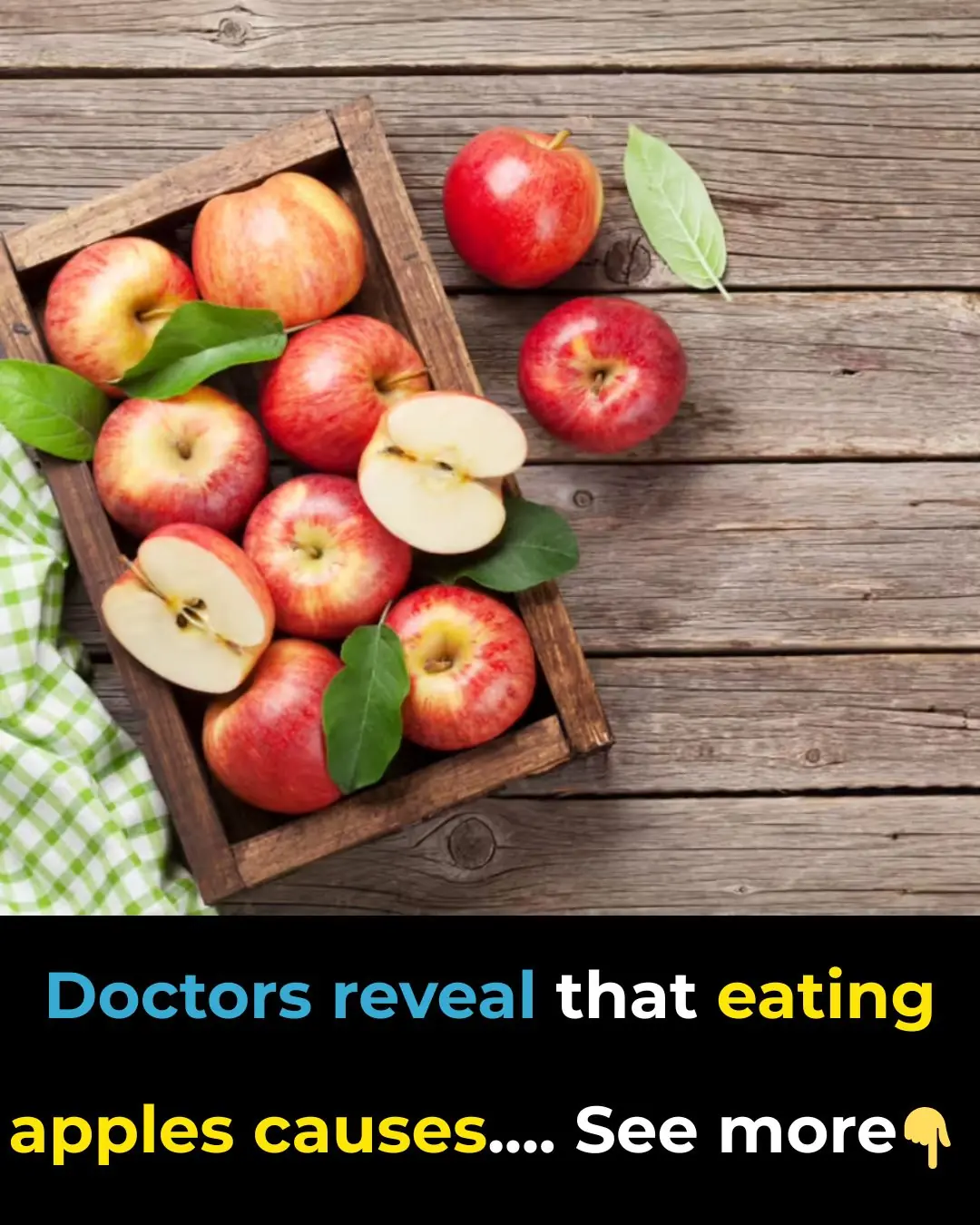
Doctors reveal that eating APPLES causes...
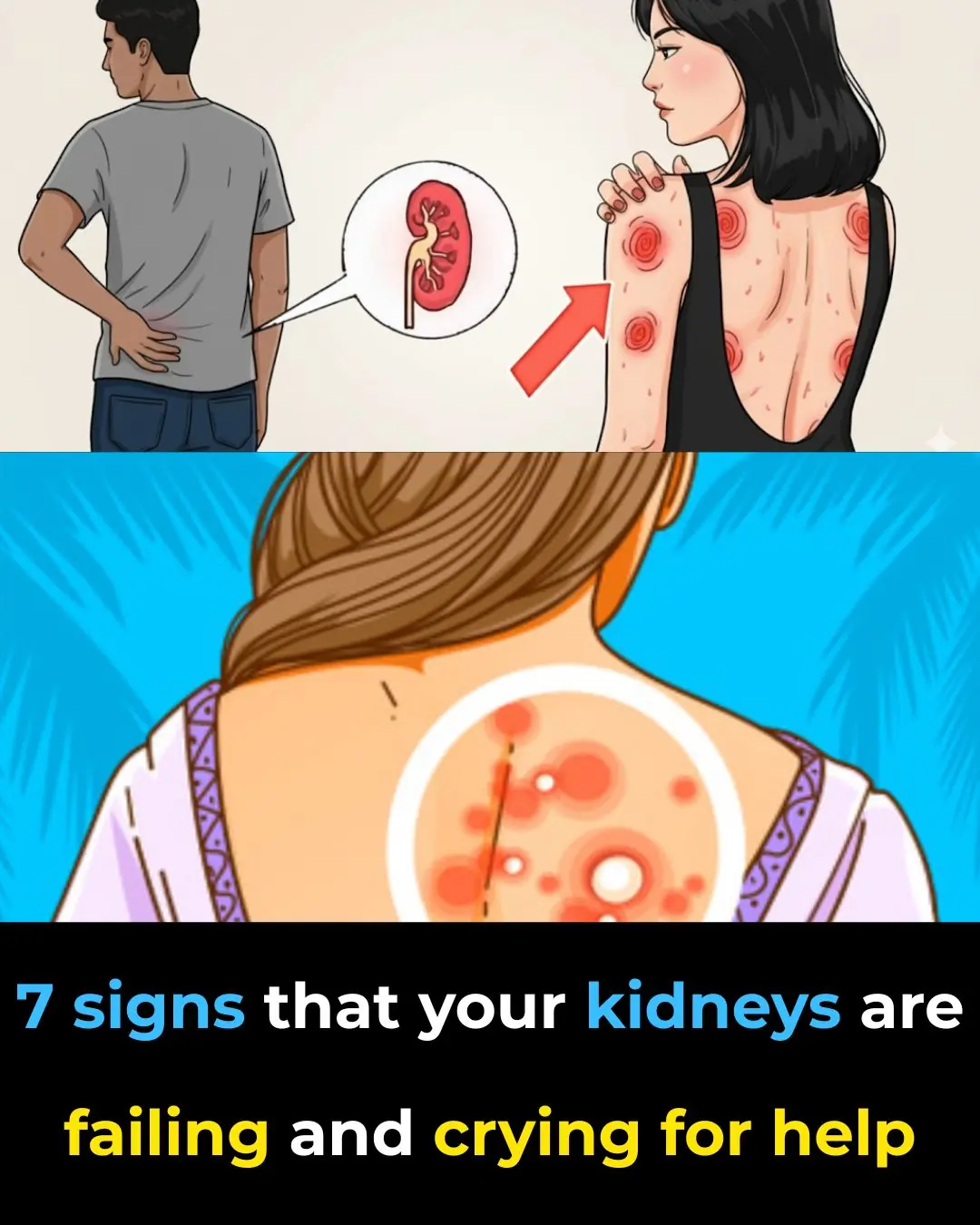
ALERT! 7 Early Signs Your Kidneys Are Crying for Help
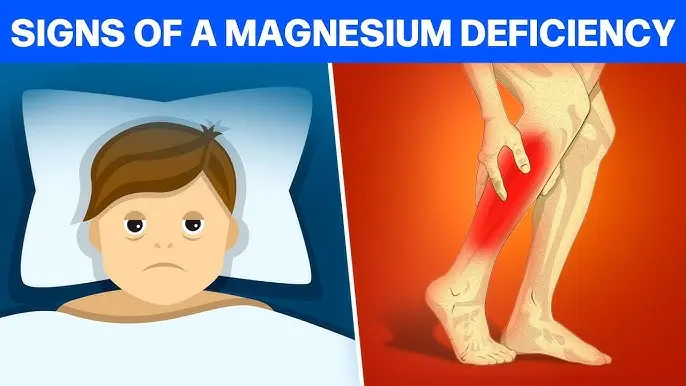
Top 15 Bizarre Signs of Magnesium Deficiency You Need to Know

5 Foods That Can Damage Your Thyroid (Even Though They Look Healthy)
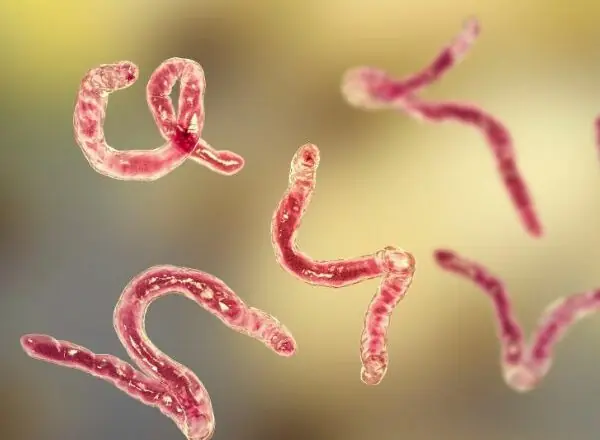
4 Powerful Remedies to Eliminate Parasites — #2 Will Surprise You!

10 Early Warning Signs Your Liver Is in Trouble (Don’t Ignore #4!)

7 Heart-Healing Foods Your Cardiologist Won’t Tell You About
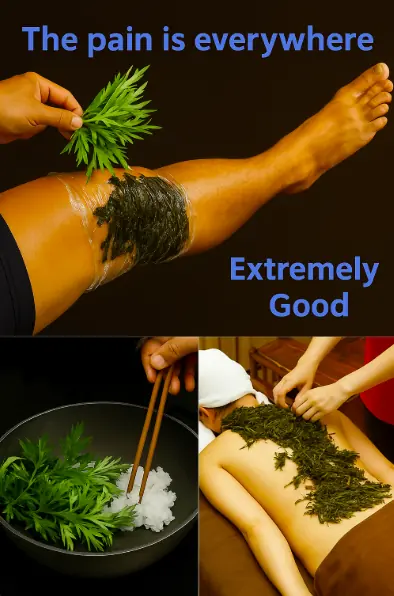
Say Goodbye to Joint and Bone Pain Naturally with This Ancient Herbal Remedy

Do you belong to these 4 types of people? You should know now.
News Post
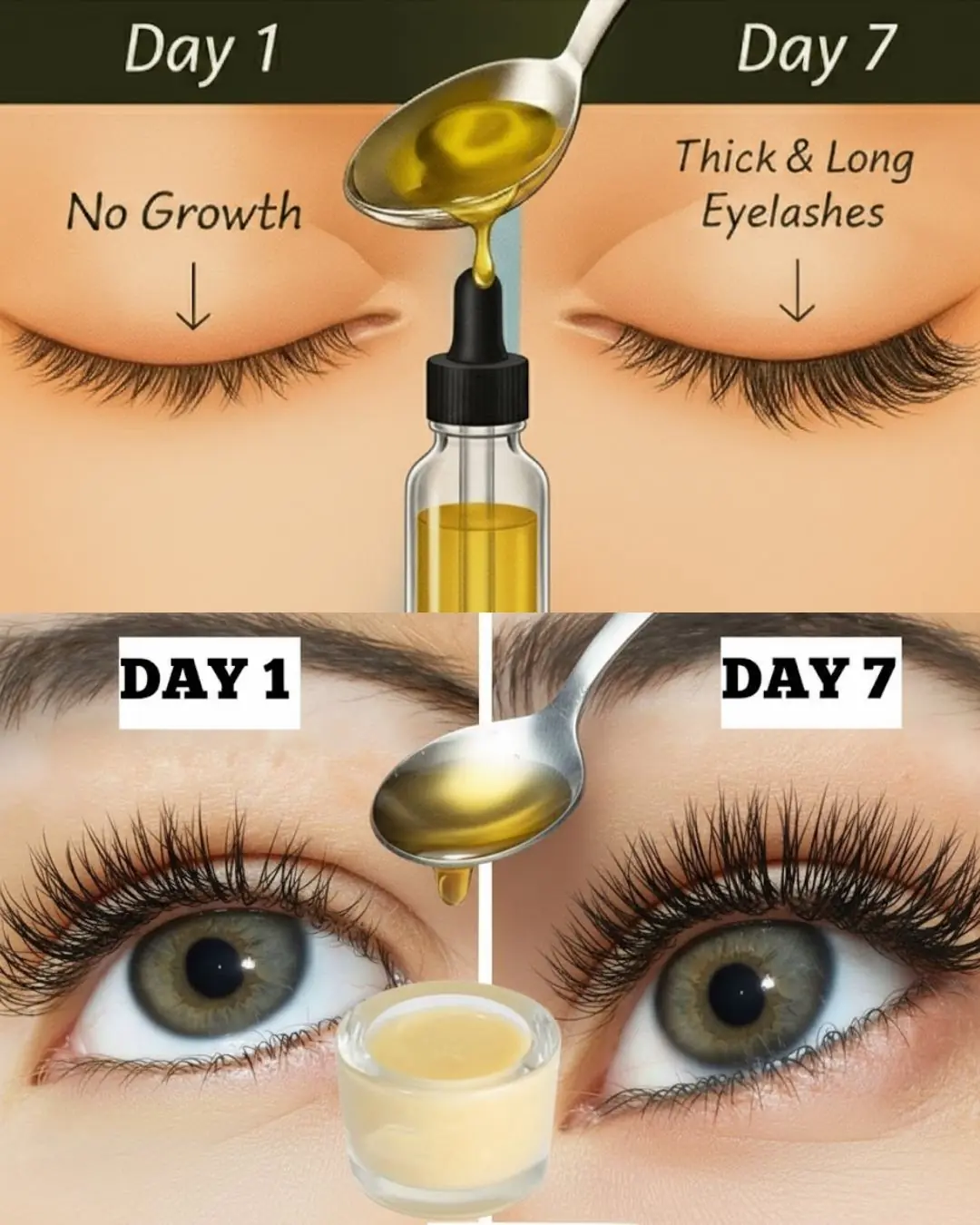
HOW I GREW MY EYELASHES IN JUST 7 DAYS — Naturally with Castor Oil
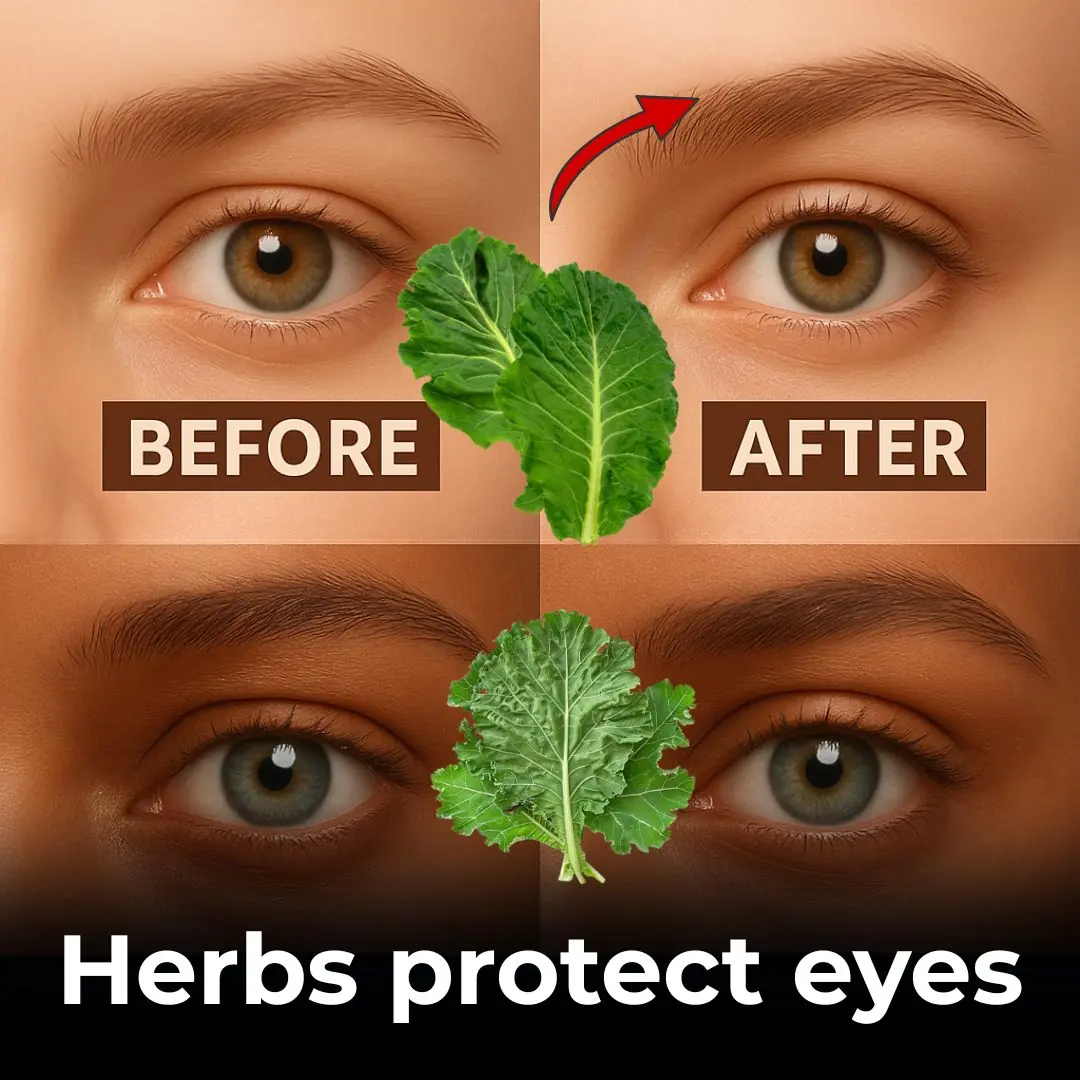
7 Essential Leaves to Naturally Improve Your Eye Health

Don’t Drink Coconut Water Before You Know These 11 Secrets!

White Clover (Trifolium repens): 15 Benefits and Homemade Uses
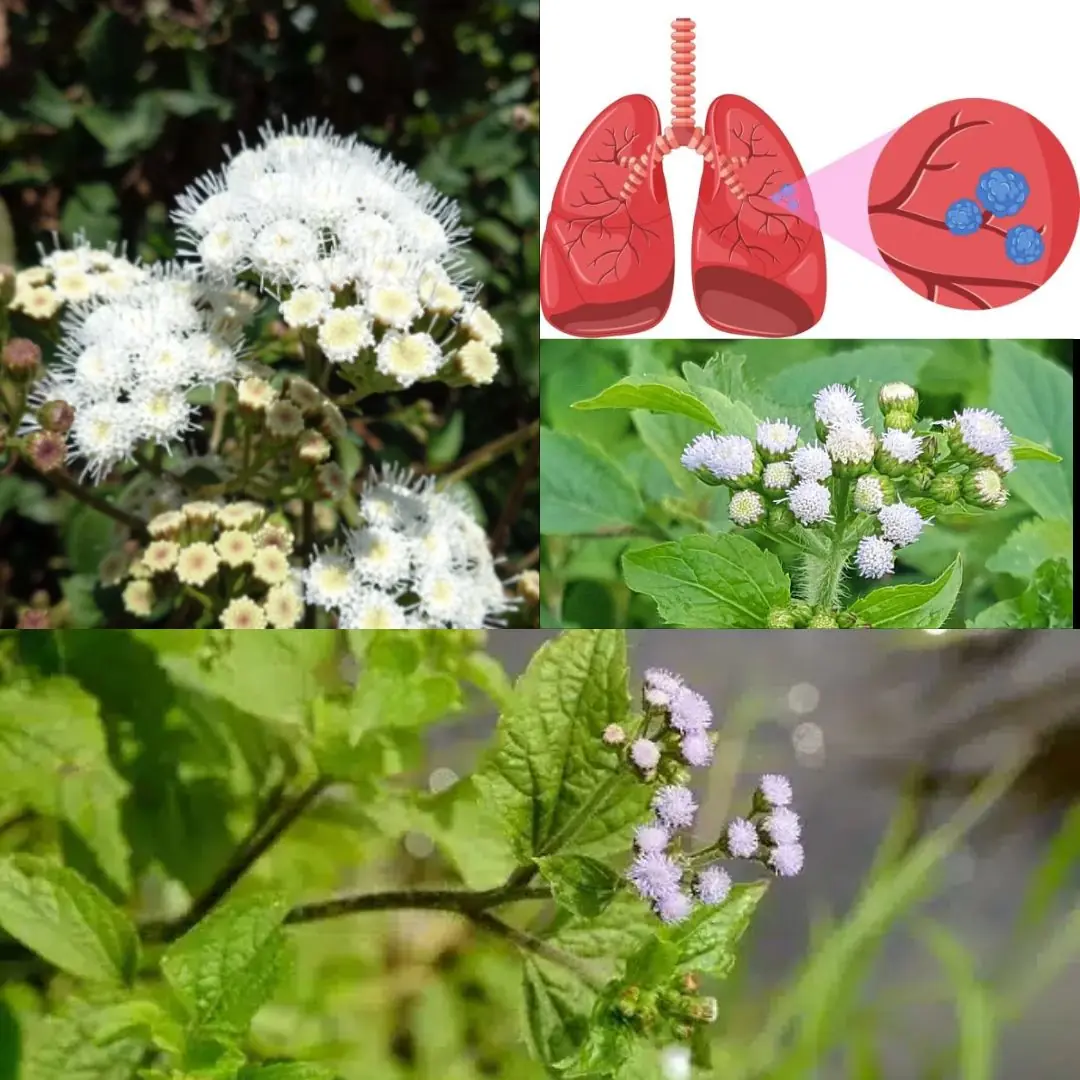
7 Benefits and Uses of Ageratum conyzoides
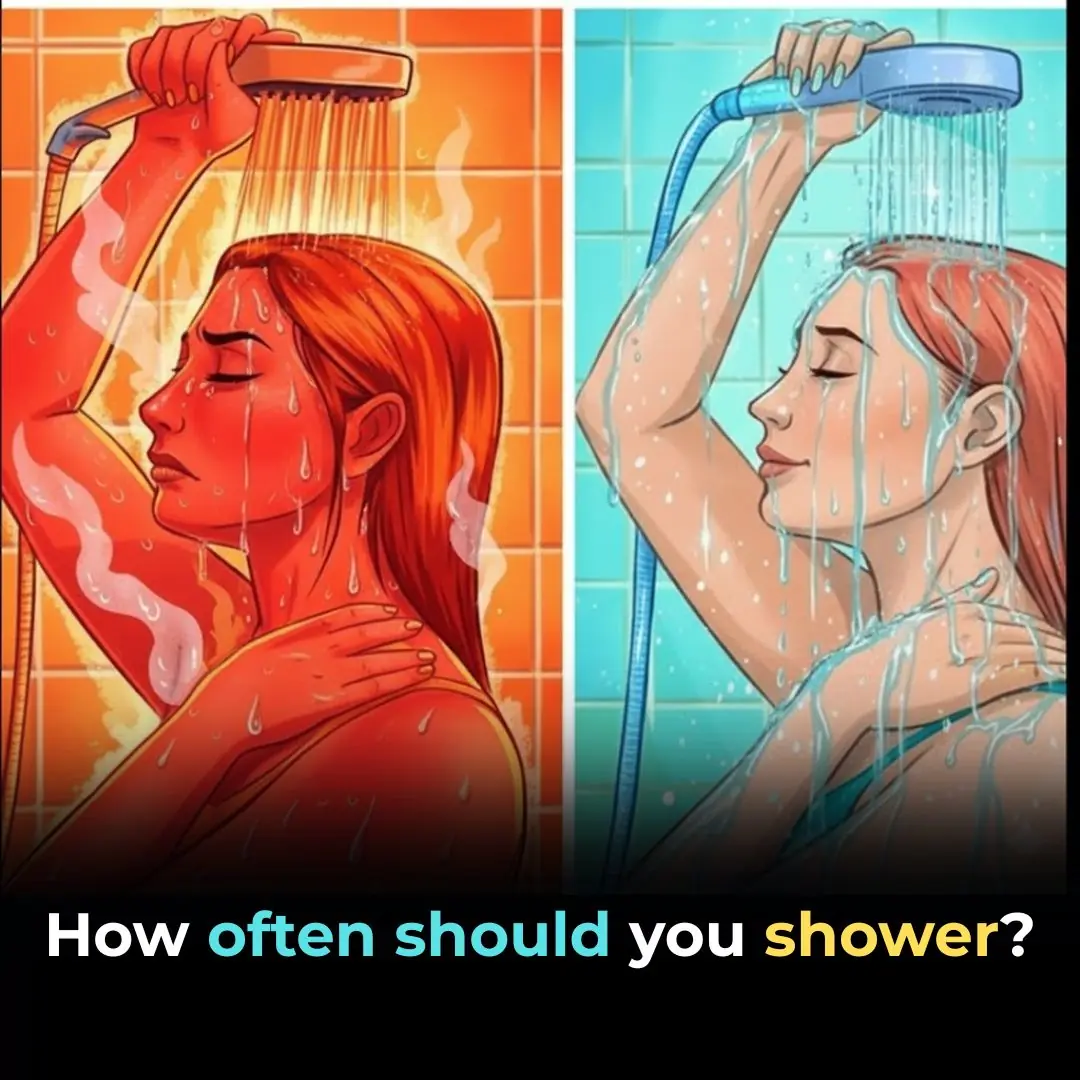
How often should you shower

Expert, 95 Years Old with 60 Years of Cancer Research Reveals: You Must Avoid These 4 Things So Cancer Doesn’t Come Knocking

Sharp Pain in Ear: Causes, Treatments and When to See a Doctor

Each Tooth Is Associated With An Organ In The Body – Pain In Each Tooth Can Predict Problems In Certain Organs
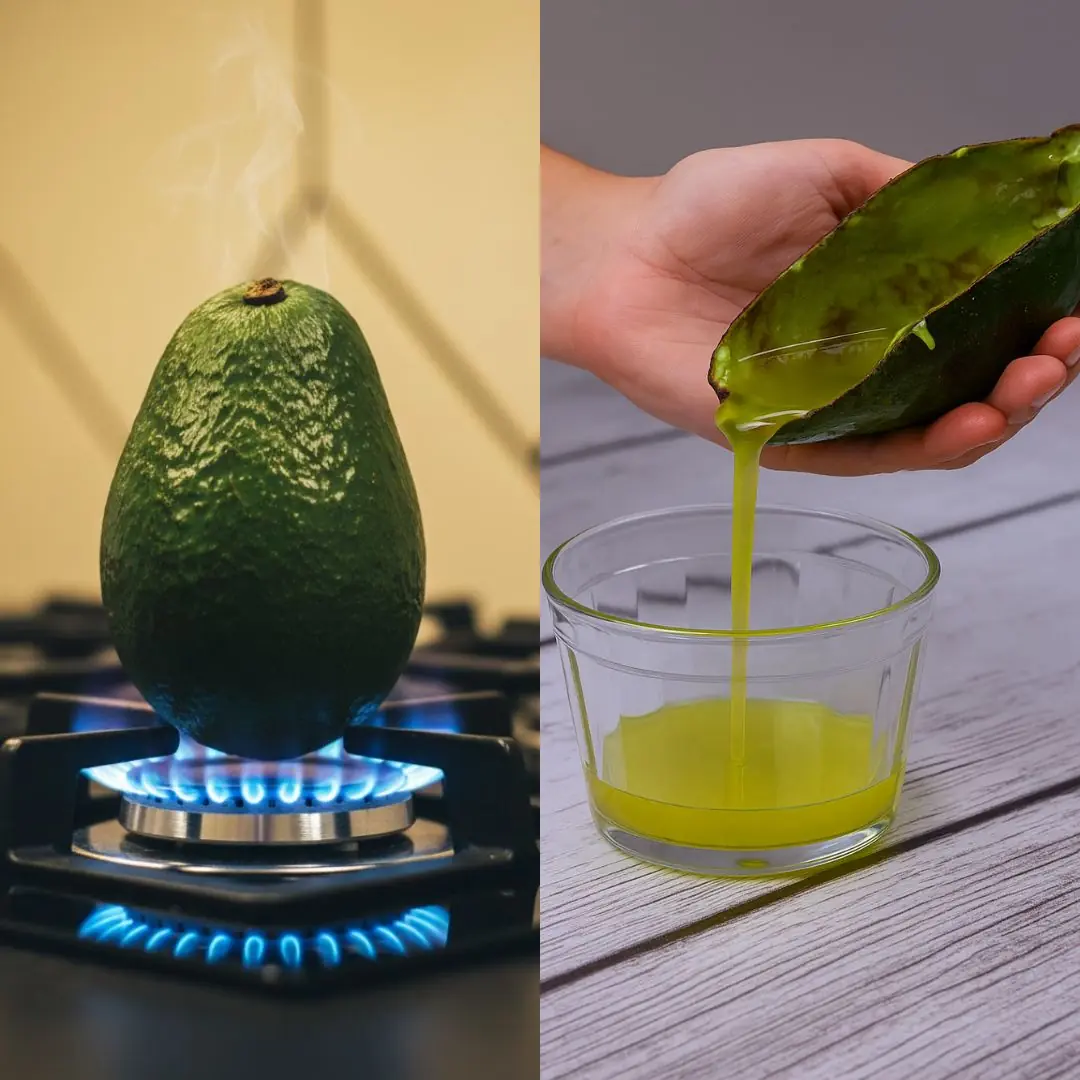
Here’s the secret why everyone puts avocados on the fire!

Amazing vitamin can help stop cancer growth and this is how much you need
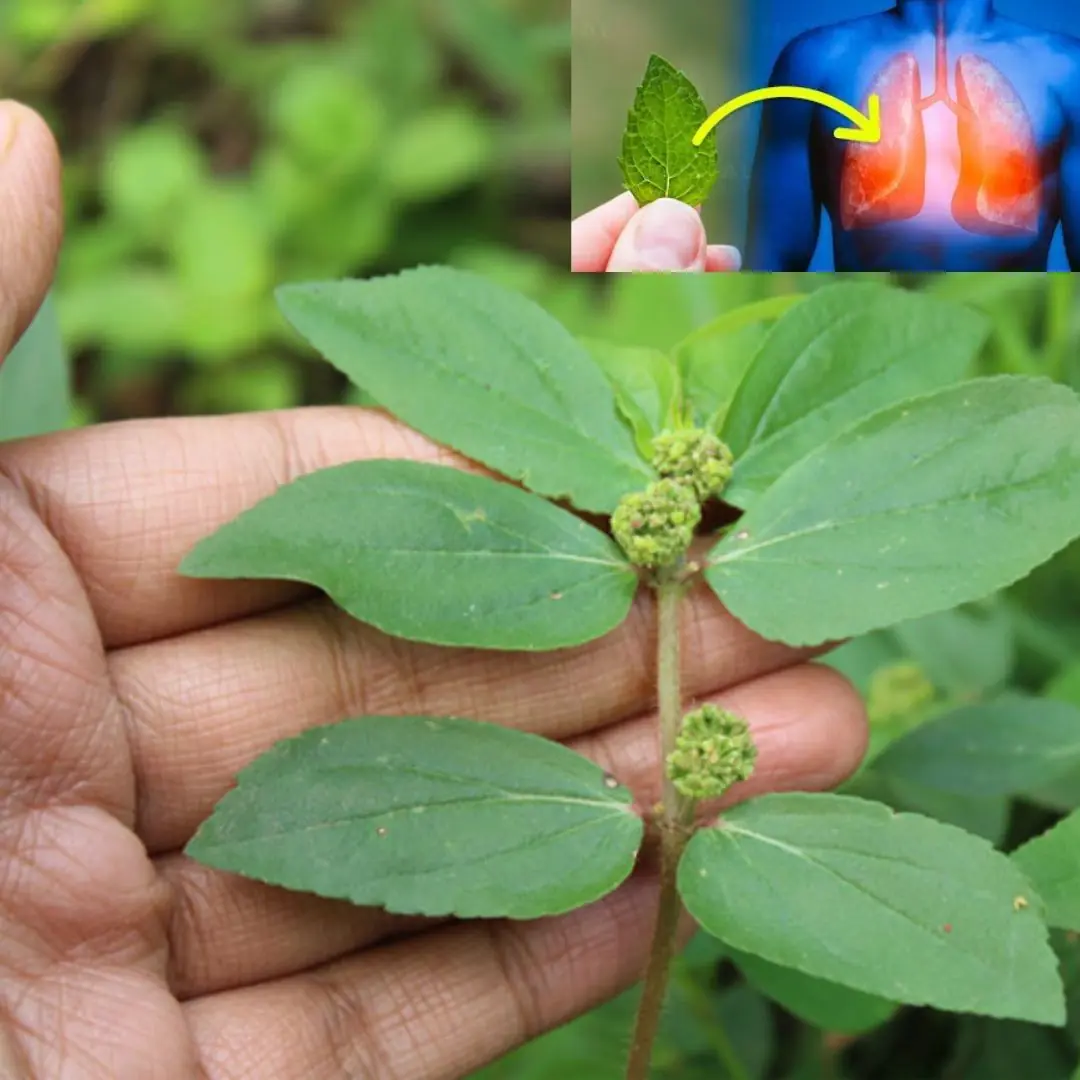
Euphorbia Hirta: 30 Benefits and How to Use It Safely

THE BEST HOME REMEDIES THAT END CONSTIPATION FAST AND NATURALLY

Lady places cup of vinegar into microwave. Here’s the genius reason why

Say Goodbye to Diabetes, Fatty Liver, and Joint Pain with This Powerful Remedy!
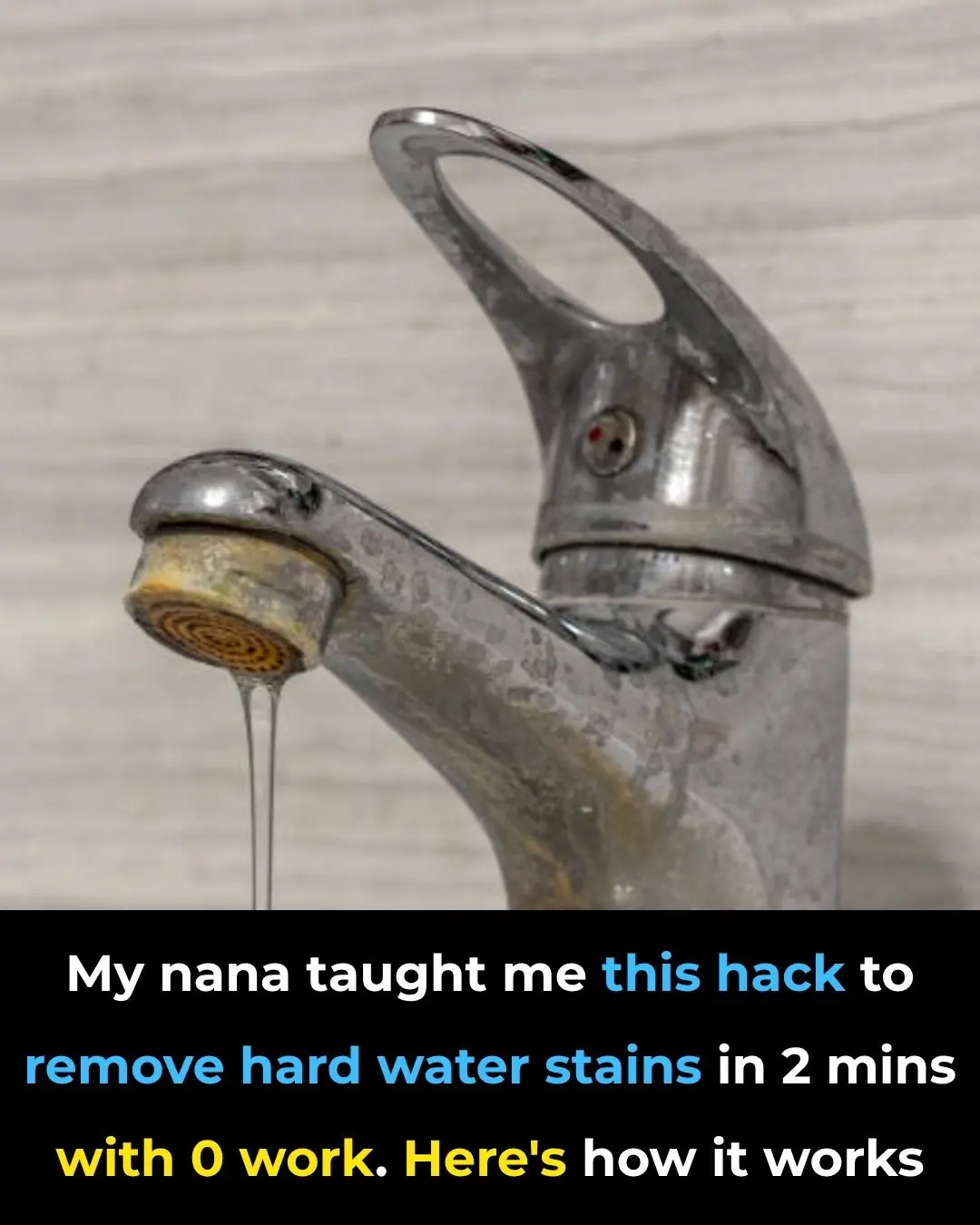
My nana taught me this hack to remove hard water stains in 2 mins with 0 work. Here’s how it works
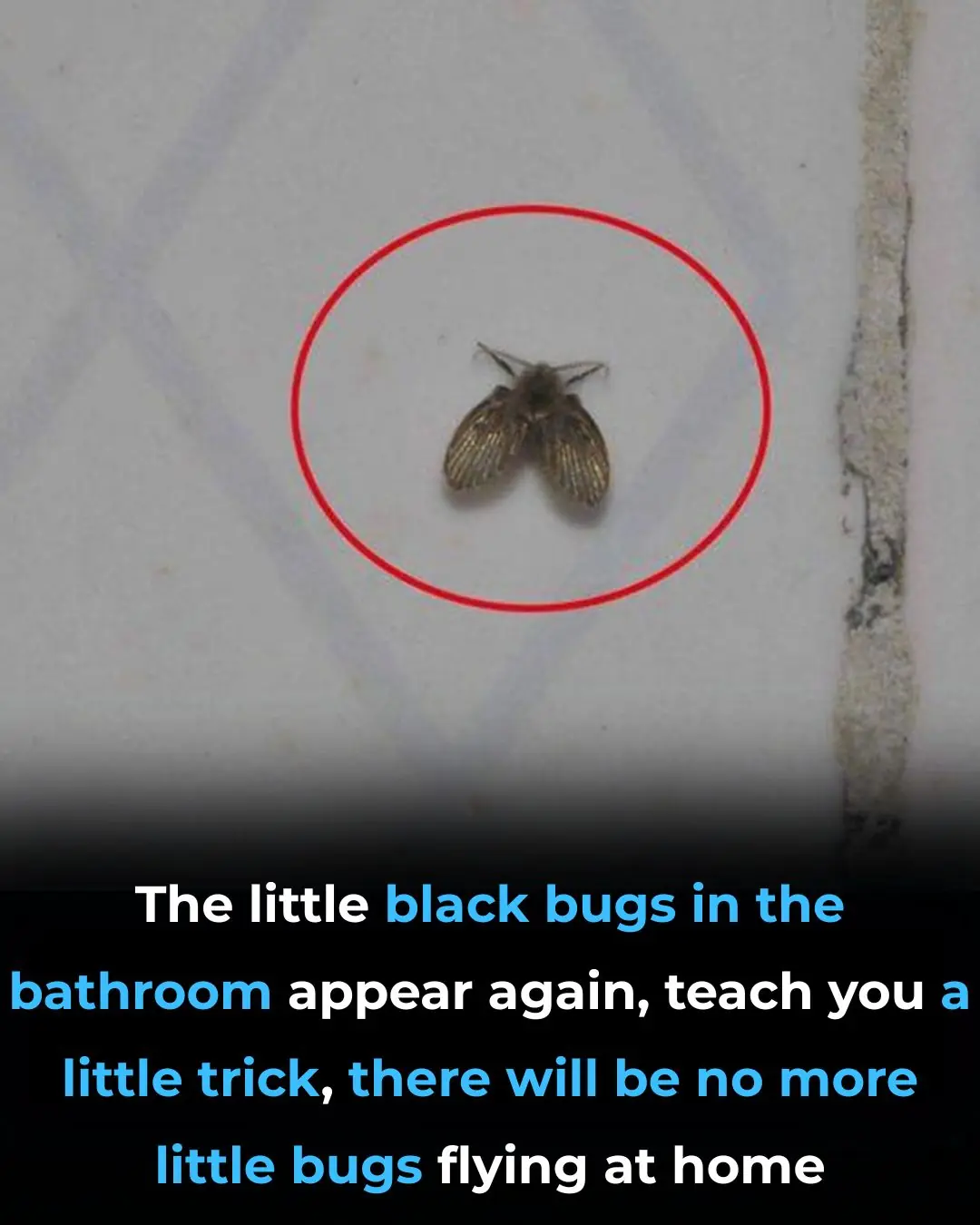
🕷️ Little Black Bugs in the Bathroom? Here’s What They Are & How to Get Rid of Them for Good
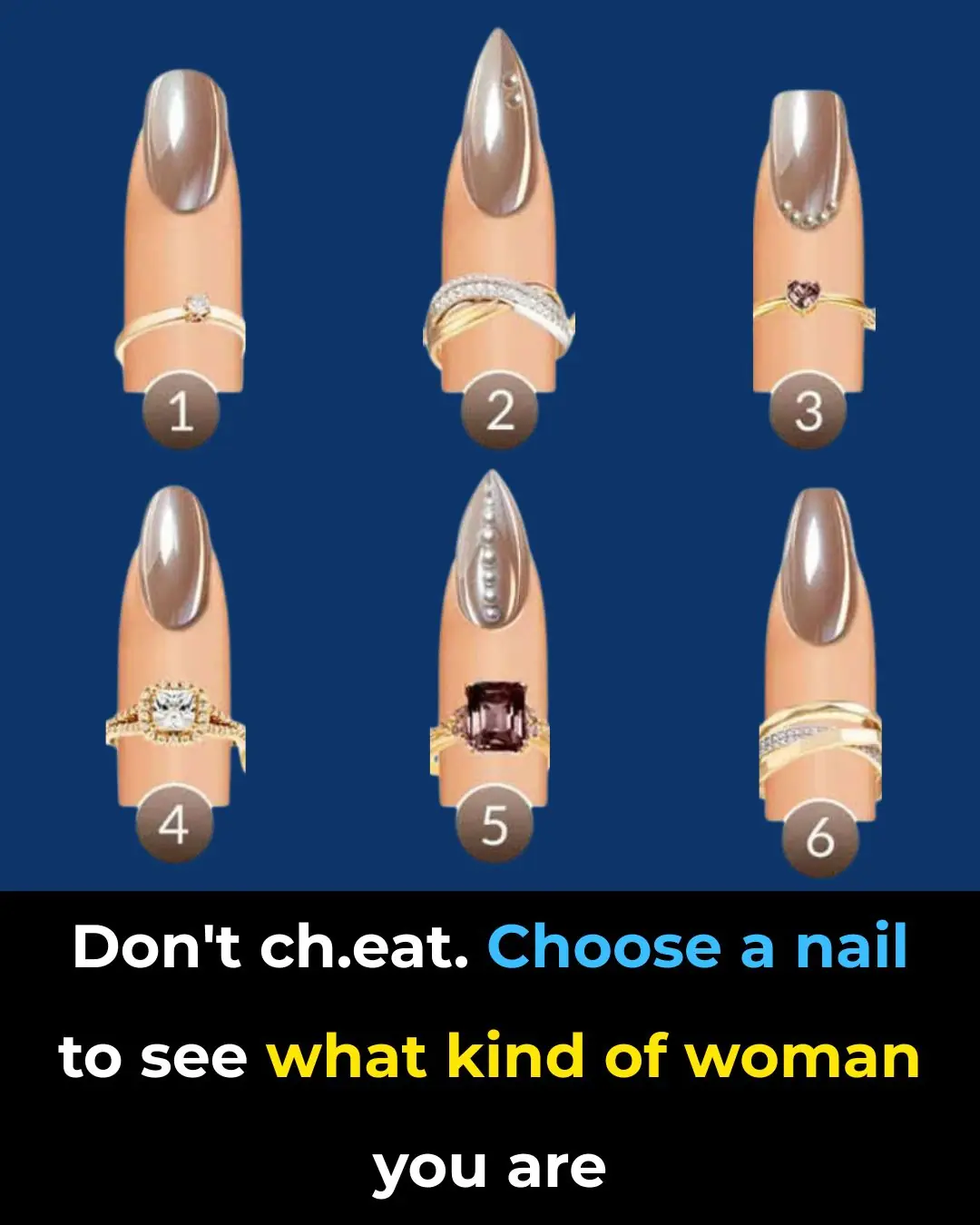
Choose a Nail to Discover What Kind of Woman You Are
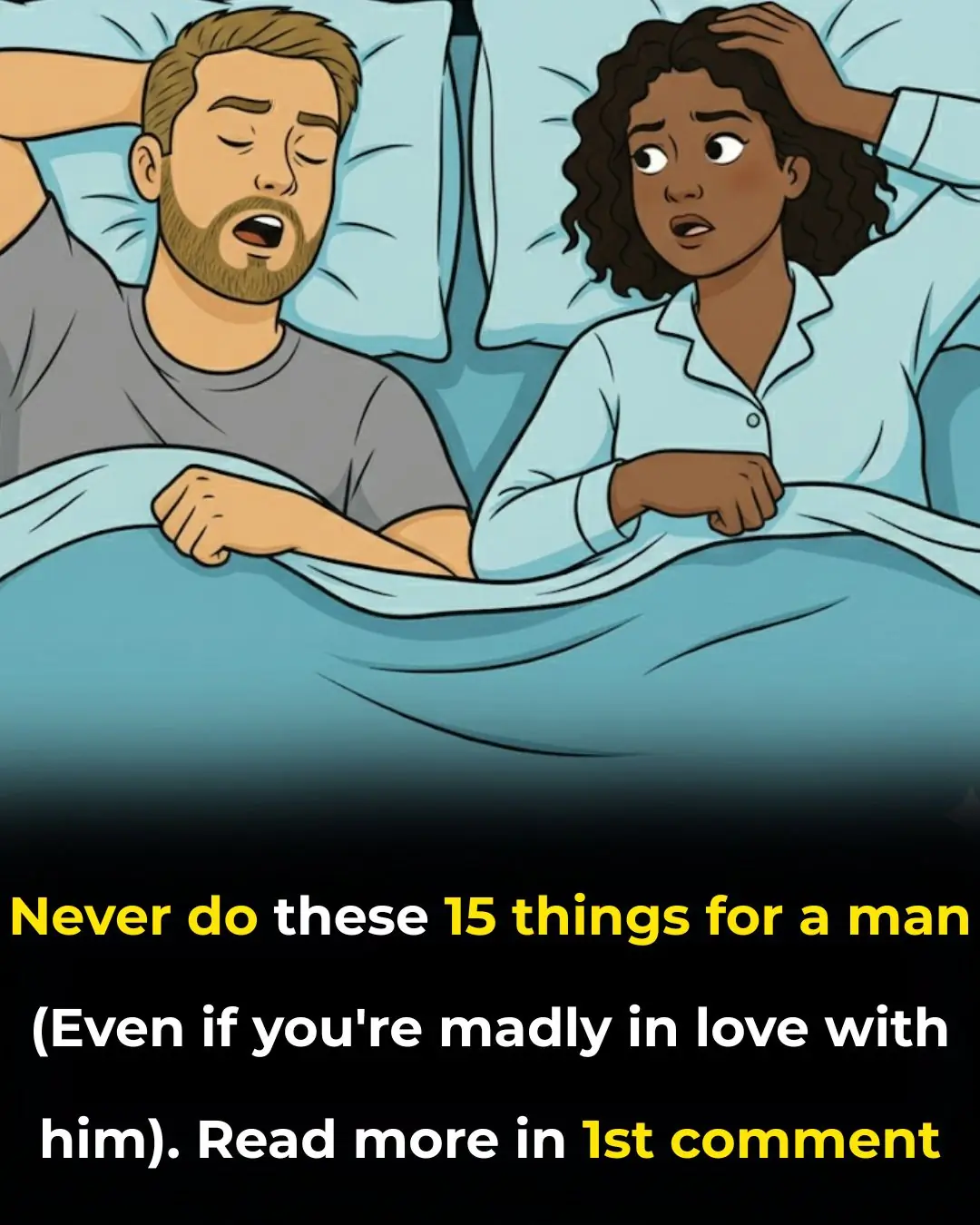
Never Do These 15 Things for a Man (Even If You’re Madly in Love With Him)
